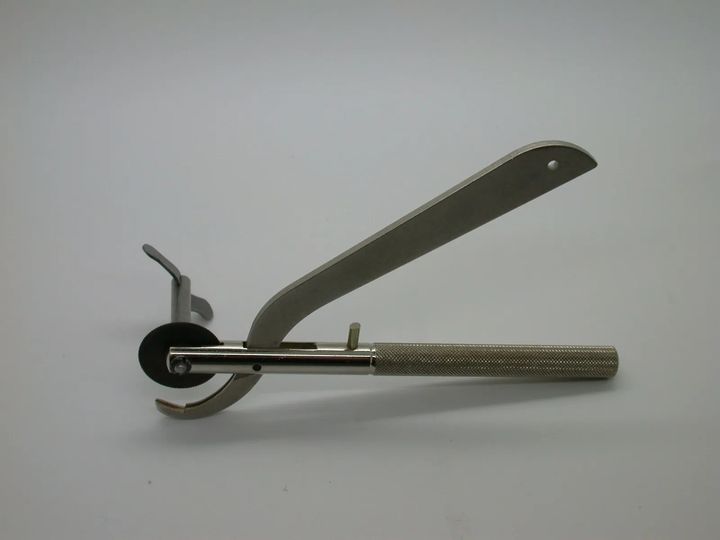History
The vintage ring cutter has a rich history in jewelry making and repair. Developed in the late 19th and early 20th centuries, this tool met the growing need for resizing and repairing rings. Early models were manually operated, featuring intricate designs and robust construction to cut through metal bands. As time progressed, ring cutters evolved, integrating advanced mechanisms and materials to enhance functionality and precision.
Usage
Vintage ring cutters were crucial tools in a jeweler’s toolkit, primarily used for resizing rings and removing stuck bands. They were designed to make clean, precise cuts without damaging the metal or gemstones.
Ring Resizing: Jewelers used ring cutters to adjust ring sizes, either by cutting away excess material or by adding pieces to enlarge the band.
Ring Removal: When rings became stuck due to swelling or damage, ring cutters helped remove them safely, avoiding injury and preserving the ring.
Repairs: For damaged rings, the tool allowed jewelers to cut and reshape the metal as needed.
Typically, these cutters featured a scissor-like mechanism or a rotary blade for controlled cutting. Some models had adjustable settings to accommodate various ring sizes and metal thicknesses.
Legacy
The legacy of the vintage ring cutter is evident in its impact on jewelry craftsmanship and repair. Despite modern tools replacing them, these vintage cutters remain symbols of skilled craftsmanship. Collectors and enthusiasts value them for their historical significance and design.
Artisans and jewelers who appreciate traditional techniques still use these tools. They represent an era when manual skill and precision were crucial. Today, vintage ring cutters are treasured as antiques, offering a glimpse into historical jewelry practices. They highlight the artistry that shaped the jewelry industry and continue to inspire both collectors and craftsmen with their elegant design and historical importance.

Leave a Reply